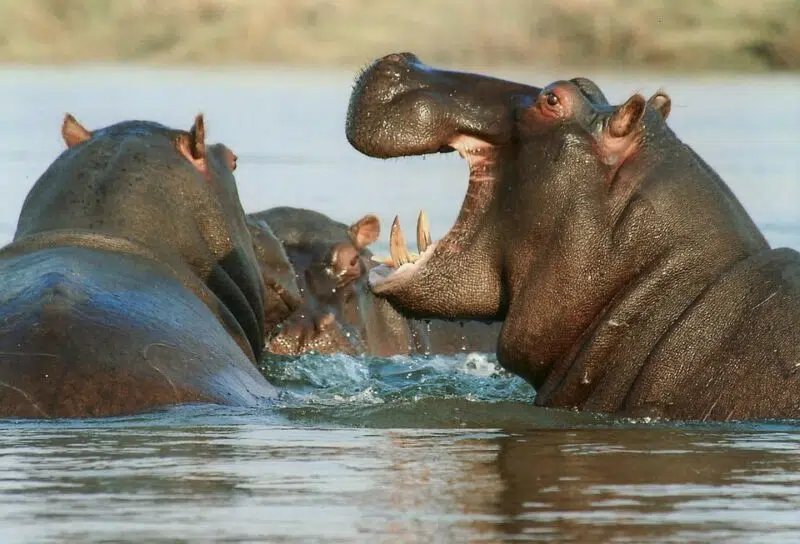Welcome to Animals and Wildlife in Africa.
Africa has a few distinct sorts of natural surroundings from wildernesses and woodlands to prairies and deserts. The second-biggest landmass after Asia, it is home to numerous lovely and hazardous creatures of different sizes, both diurnal and nighttime.

These incorporate warm-blooded animals, reptiles, birds, and bugs, with many being remarkable to Africa. In light of its biodiversity, it is a famous area for creature specialists as well as safari devotees.
It contains north of 1,100 distinct warm-blooded creature species, in addition to more than 60 flesh-eater species, 100,000 bug species, 3,000 freshwater fish species, and more than 2,600 bird species.
Its populaces of bugs contain 15-20% of all bugs on the planet. Since Africa is comprised of a few nations containing their own way of life and dialects, as well as various kinds of territories, there aren’t true African creatures that address the whole mainland.
Thus, every nation has its own authority public creature, for certain nations have more than one public creature or have the very public creature as that of different nations.
Click below to jump to a section on animals in Africa:
Hippo
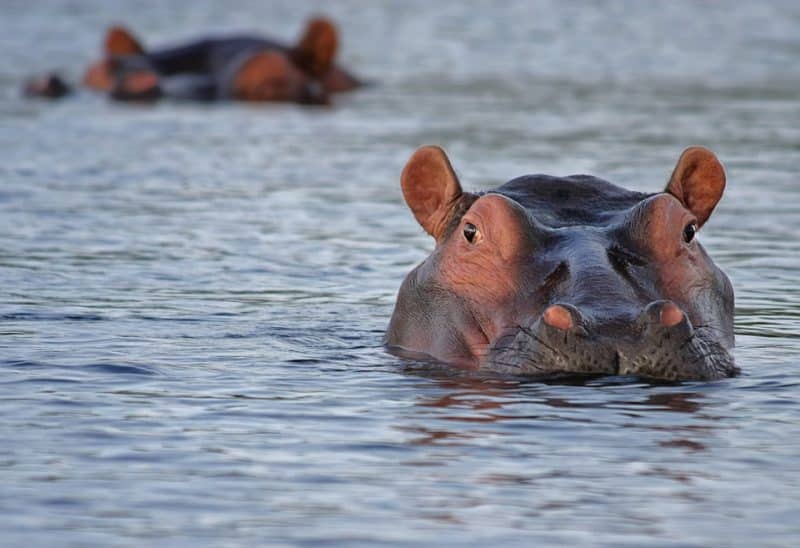
Hippopotamuses love water, which is the reason the Greeks named them the “stream horse.” Hippos spend as long as 16 hours daily lowered in streams and lakes to keep their enormous bodies cool under the blistering African sun.
Hippos are elegant in water, great swimmers, and can pause their breathing submerged for as long as five minutes.
Nonetheless, they are much of the time sufficiently huge to just walk or stand on the lake floor, or lie in the shallows. Their eyes and nostrils are found high on their heads, which permits them to see and inhale while generally lowered.
Hippos additionally relax on the coastline and discharge a slick red material, which brought about the fantasy that they sweat out profusely.
The fluid is basically a skin protector and sunblock that may likewise give security against microorganisms.
Read more about Hippos in our other articles.
Where can one find Hippos in Africa?
It is found in Sub-Saharan Africa and lives mostly in water.
Zebra

The three species are effectively recognized by the example of their stripes. In the fields of zebra, the stripes are wide and generally divided; some subspecies have lighter “shadow stripes” between the principal stripes.
The northern subspecies of the fields zebra are more completely striped than the southern ones, wherein the striping of the lower legs will in general give a method for whiting. Many researchers keep up that the zebra’s stripes advanced to frustrate horsefly pervasion, which would have decreased the opportunity for sickness.
Without a doubt, there is proof that the zebra’s stripes disturb the level example of spellbound light reflected from dull surfaces that regularly draw in horse flies. This would make the zebra’s striped fur less appealing to horse flies than the strong-hued fur normal among ponies.
The females that structure the group of concubines are irrelevant. The array of mistresses stays in one piece in any event, when the steed driving the group of concubines is supplanted by another male.
While moving, steeds typically stay in the back yet keep up with command over the development of the crowd. Many researchers keep up that the zebra’s stripes advanced to frustrate horsefly pervasion, which would have decreased the opportunity for sickness.
Without a doubt, there is proof that the zebra’s stripes disturb the level example of spellbound light reflected from dull surfaces that regularly draw in horse flies. This would make the zebra’s striped fur less appealing to horse flies than the strong-hued fur normal among ponies. The females that structure the group of concubines are irrelevant. A great Animal That Starts With Z.
Where can one find Zebra in Africa?
They are found living in plains and mountains.
Pangolin
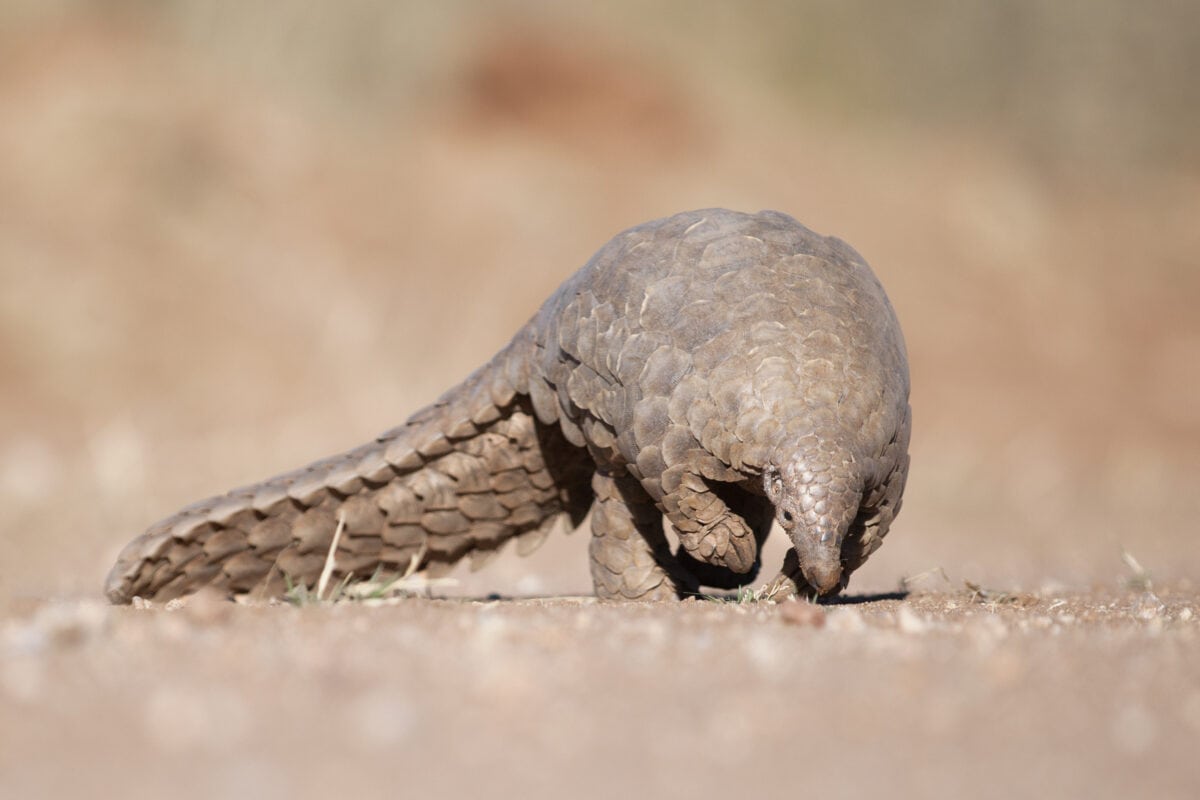
These single, basically nighttime creatures, are effortlessly perceived by their full protection of scales.. In the event that contacted or got it will move up totally into a ball, while the sharp scales on the tail can be utilized to erupt.
Likewise called textured insect-eating animals in light of their favored eating regimen, pangolins are the most dealt with warm-blooded creatures in the world — with request principally in Asia and in developing sums in Africa — for their meat and scales.
There is an additional request in the United States for pangolin items, especially for their cowhide to be utilized in boots, packs, and belts. Pangolins are single and dynamic for the most part around evening time. Most live on the ground, yet some, similar to the dark-bellied pangolin, additionally climb trees. They range in size from a huge housecat to multiple feet long.
Facts
They are generally shrouded in scales made of keratin — similar material as human fingernails — which gives them the epithet “textured insect-eating animal.” When compromised, they roll into a ball, similar to an armadillo, and they can set a stinky liquid free from an organ at the foundation of their tails as a safeguard system.
Pangolins, resembling a quirky mix of insect-eating animals and armadillos, boast extended noses and surprisingly lengthy tongues. These peculiar features aid them in slurping up insects and termites with finesse, expertly excavating their prey with robust front paws.
In a culinary feat, pangolins adeptly shut off their noses and ears to ward off subterranean intruders while indulging in their insectivorous banquets. Despite their outward similarities to insect-eating animals and armadillos, pangolins share a closer kinship with bears, felines, and canines.
The rare occasions when pangolins socialize are during mating and parenting phases. Remarkably, some devoted pangolin fathers linger in the den until the lone offspring gains independence. Born with tender scales that solidify after two days, these offspring hitch a ride on their mothers’ tails until they are weaned at approximately 90 days old. A tale of quirky habits and family bonds unfolds in the mysterious world of pangolins.
Where can one find Pangolins in Africa?
It can be easily found living in grasslands and forests.
Aardvark
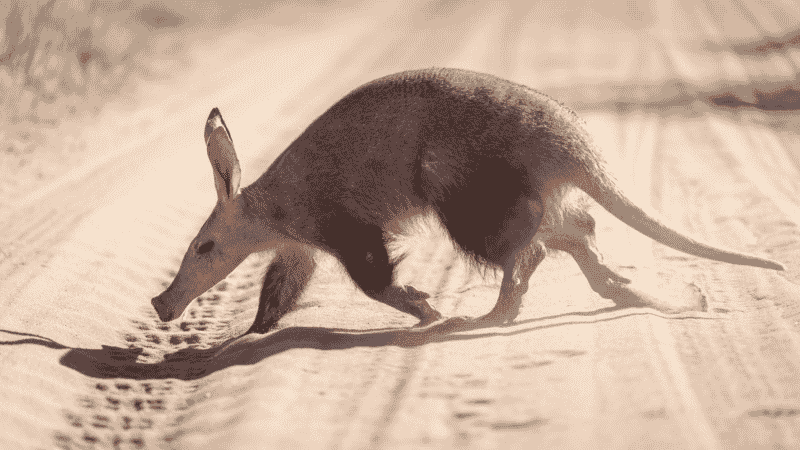
These nighttime creatures utilize their long noses and sharp feelings of smell to track down insects and termites, which they drink up with an insect-eating animal-like tongue canvassed in tacky spit.
These bugs make up the majority of the aardvark’s eating regimen, despite the fact that they’ll incidentally eat creepy crawly hatchlings.
If deserted, these very much-developed tunnels, which have so many doors, are reused by different creatures, including reptiles, creatures of land and water, vertebrates, and birds. Hyenas and porcupines might change the tunnels for their utilization, for example by extending the entrance. Individuals seldom see aardvarks.
Generally on the grounds that they’re singular, nighttime, and invest such a lot of energy underground. They likewise miss the mark on intelligent tissue which makes the eyes of certain creatures sparkle in obscurity. As a result of the aardvark’s tricky nature, very little is realized about its sexual propensities in nature.
Guys and females meet up momentarily to mate. Development endures 8 months and after this a female births a solitary offspring. The child, bald and around six pounds, is brought into the world during a rush hour of food accessibility — either previously or in the stormy season.
The mother stays in the tunnel with her posterity for quite some time, when the child can go with her on searching excursions outside the tunnel. Youthful aardvarks can eat strong food at 90 days and are completely weaned and all alone at six or seven months.
Where can one find Aardvark in Africa?
They are found in bushland, savannas, grasslands, and woodlands.
Impala
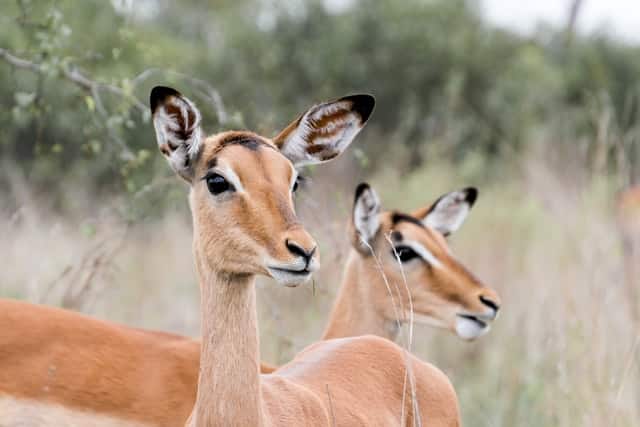
Impalas are medium-sized pronghorns that meander the savanna and light forests of eastern and southern Africa. In the blustery season, when food is abundant, they might accumulate in enormous groups of a few hundred creatures to peruse on grasses and spices, brambles, bushes, and shoots.
Herds offer security from hunters, like lions. A ready impala will bark out a caution that puts the whole group to flight — and an escaping impala is no simple prey. Impalas are armada sprinters who can jump distances of up to 33 feet.
They utilize this strategy to get away from hunters and now and again, obviously, just to entertain themselves.
The Impala can likewise address brambles and different roadblocks by taking off exactly 10 feet in the air. Regularly, a running impala will basically get around anything in its way. Crowds offer insurance from hunters, like lions.
A ready impala will bark out a caution that puts the whole crowd to flight — and an escaping impala is no simple prey. A ready impala will bark out a caution that puts the whole group to flight — and an escaping impala is no simple prey.
Impalas are armada sprinters who can jump distances of up to 33 feet. They utilize this strategy to get away from hunters and now and again, obviously, just to entertain themselves.
The Impala can likewise address brambles and different roadblocks by taking off exactly 10 feet in the air. Regularly, a running impala will basically get around anything in its way. A great one from Animals in Africa.
Where can one find Impala in Africa?
It is found in southern Africa in light woodlands and savanna.
Jackal
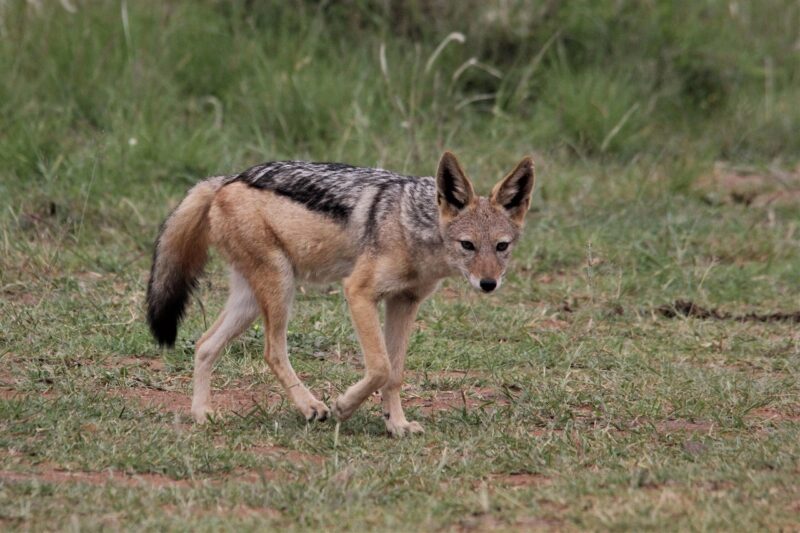
Jackals possess open country. They are nighttime creatures that typically disguise themselves by day in brush or shrubberies and sally forward at nightfall to chase. These animals live alone, two by two, or in packs and feed on whatever little creatures, plant material, or flesh is accessible.
Jackals follow lions and other huge felines to complete remains when the bigger creature has eaten its fill. While hunting in packs, they can cut down prey as extensive as a pronghorn or sheep.
Like different individuals of the sort, jackals sing at night; their cry is viewed as more daunting to human ears than that of the hyena. They have a hostile scent brought about by the emission of an organ at the foundation of the tail.
The youth are brought into the world in tunnels, the litters containing two to seven little guys; growth endures 57 to 70 days. Like wolves and coyotes, jackals interbreed with homegrown canines. The three species contrast for the most part in variety and decision of living space.
Where can one find Jackal in Africa?
The Golden Jackal is found in East and North Africa.
Bonobo

Bonobos rummage both on the ground — for worms and different spineless creatures — and in the woods covering, where they swing through the trees looking for a natural product. Bonobos likewise rest high up huge gatherings, making evening homes in the convicts of tree appendages. Additionally like chimps, bonobos live in splitting combination social orders.
Implying that more modest “parties” will separate from the principal troop to scrounge somewhere else for the afternoon, so the piece of gatherings frequently changes. The more established females in the gathering generally choose when and in what direction they will travel.
Bonobos are well known for their incessant utilization of intercourse to streamline conflicts and quiet restless relatives. They’re likewise ready to share food, with companions, however with bonobos they don’t have any idea. (Peruse more about how bonobos are caring to outsiders. All things considered, female bonobos can be forceful if necessary.
In one occurrence, three high-positioning females went after four uncontrollable guys, gnawing a piece of the toe of the extremely confident man, who came sneaking back to the family three weeks after the fact.
Notwithstanding their regular sexual action, bonobos have similar regenerative rates as chimpanzees, conceiving offspring like clockwork. Females for the most part have their most memorable posterity when they are around 14 years of age, after an incubation time of around eight months.
Where can one find Bonobo in Africa?
They are found mostly in forest regions.
Summary of Animals in Africa
Africa has a few distinct sorts of natural surroundings from wildernesses and woodlands to prairies and deserts. The second-biggest landmass after Asia, it is home to numerous lovely and hazardous creatures of different sizes, both diurnal and nighttime.
These incorporate warm-blooded animals, reptiles, birds, and bugs, with many being remarkable to Africa. In light of its biodiversity, it is a famous area for creature specialists as well as safari devotees.
It contains north of 1,100 distinct warm-blooded creature species, in addition to more than 60 flesh-eater species, 100,000 bug species, 3,000 freshwater fish species, and more than 2,600 bird species.
Thus, every nation has its own authority public creature, with certain nations having more than one public creature or having the very public creature as that of different nations.
Thank you for reading Animals in Africa. If you want to read more about Wildlife have a look at Animals for Safari or Big Cats.
- Animals and Wildlife in Colorado - April 24, 2024
- Best Places to see Sloths - April 24, 2024
- Where to See Alligators in the Wild - April 24, 2024

